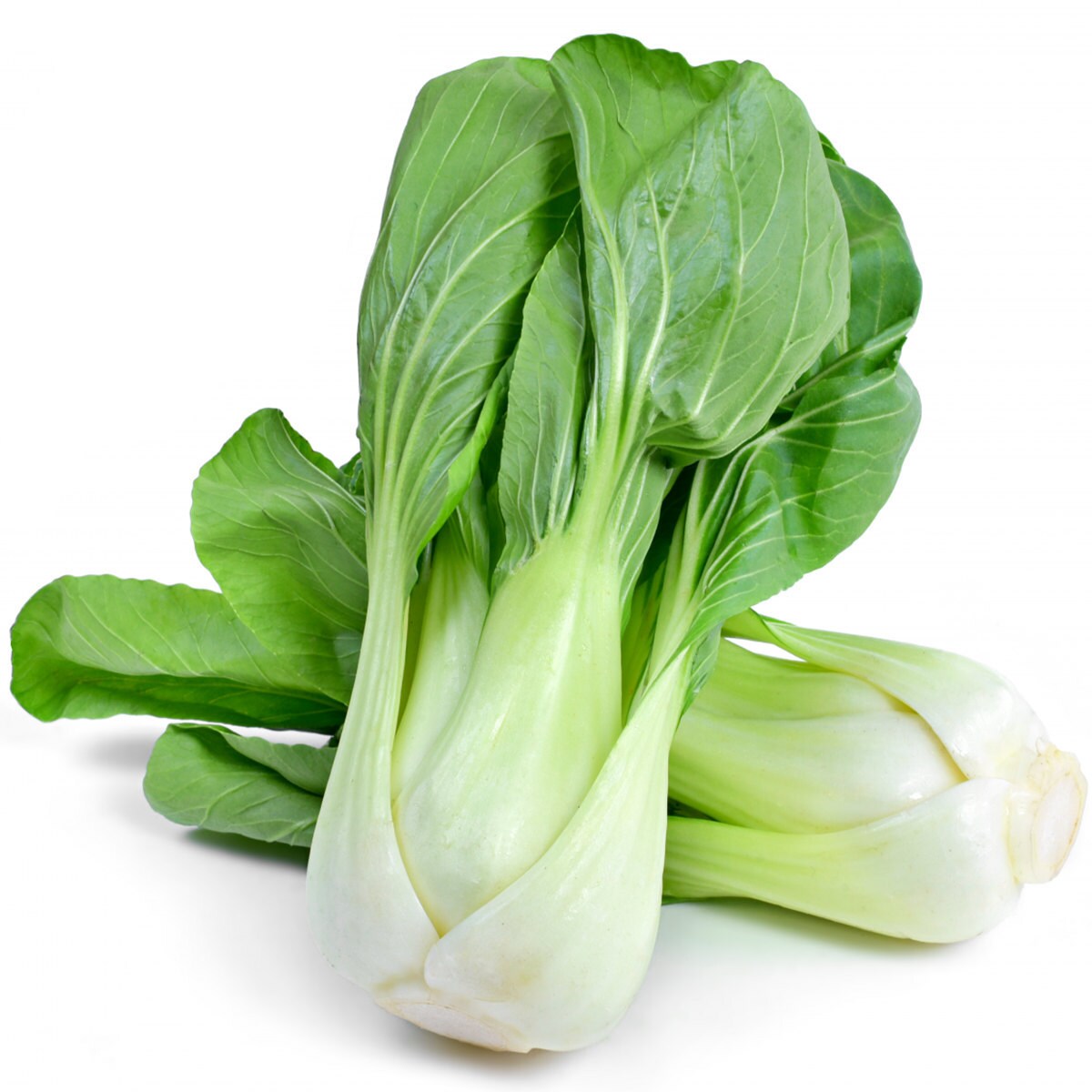Pak Choi Chinese Cabbage:
Introduction: Pak Choi, also known as Chinese Cabbage, is a leafy green vegetable that is widely used in Asian cuisine. It has a mild and slightly sweet flavor with tender, crunchy stems and dark green leaves. To start growing Pak Choi Chinese Cabbage, obtain high-quality seeds from reputable sources like www.ezyseeds.com.
Step-by-step instructions: Pak Choi Chinese Cabbage:
1. Select high-quality Pak Choi Chinese Cabbage seeds from reputable sources like www.ezyseeds.com.
2. Sow the seeds directly in the ground or containers, planting them ¼ inch (0.6 cm) deep and spacing them 6-8 inches (15-20 cm) apart.
3. Choose a location with well-drained soil and full sun or partial shade. Pak Choi prefers cooler temperatures and can bolt or develop a bitter taste in hot weather.
4. Keep the soil consistently moist by providing regular irrigation. Water the plants deeply, ensuring the soil is evenly moist but not waterlogged.
5. Provide a temperature range of 55-75°F (13-24°C) for optimal germination and growth. Cooler temperatures are preferred for better leaf development.
6. Thin out the seedlings when they are 2-3 inches (5-7.6 cm) tall, leaving 8-10 inches (20-25 cm) of space between each plant.
7. Harvest the outer leaves when they reach a usable size, typically around 30-40 days after sowing. Alternatively, you can wait for the Pak Choi to reach full maturity and harvest the entire plant.
8. To harvest, cut the leaves at the base of the plant, leaving the inner leaves to continue growing.
9. Monitor the plants for common cabbage pests, such as aphids or cabbage worms. Implement organic pest control methods if necessary.
10. Mulch around the plants to retain moisture, suppress weed growth, and maintain a more even soil temperature.
11. Fertilize the plants with a balanced fertilizer according to the package instructions. Apply the fertilizer sparingly to avoid excessive leaf growth.
12. Pak Choi Chinese Cabbage grows well in USDA Hardiness Zones 3-11. To determine the specific USDA Plant Hardiness Zone for your location, refer to the USDA Plant Hardiness Zone Map available at [USDA Plant Hardiness Zone Map](https://planthardiness.ars.usda.gov/PHZMWeb/).
By following these step-by-step instructions, you can successfully grow Pak Choi Chinese Cabbage and enjoy its delicious and nutritious leaves in stir-fries, salads, and other culinary dishes.
